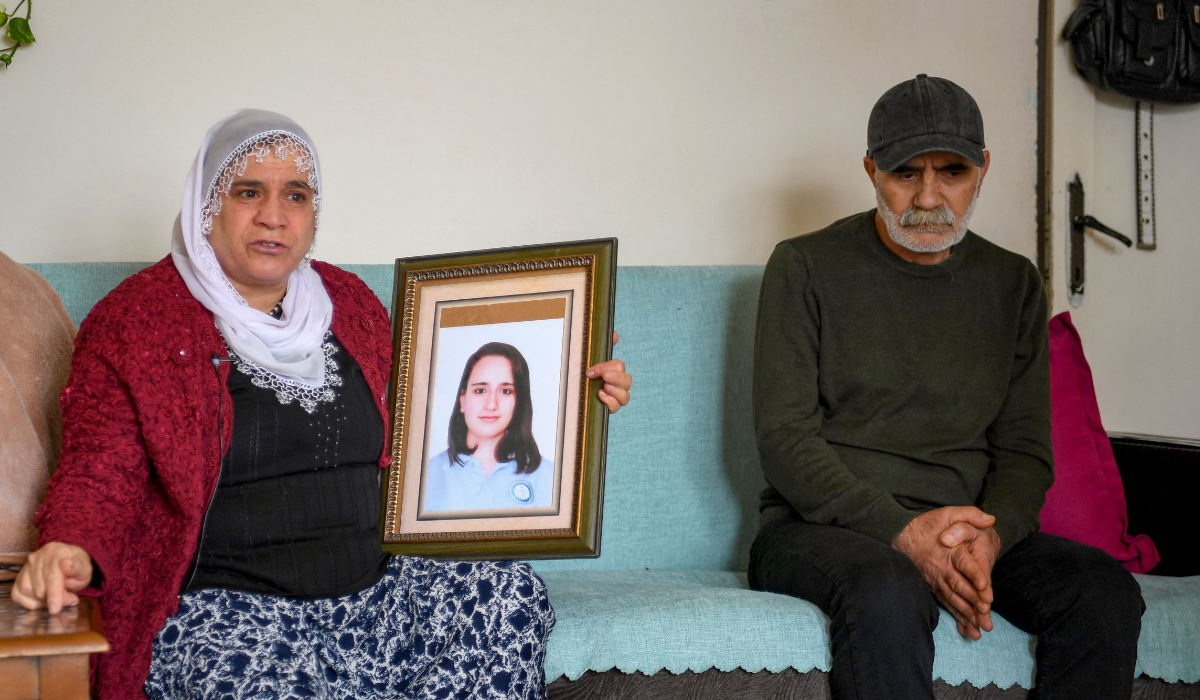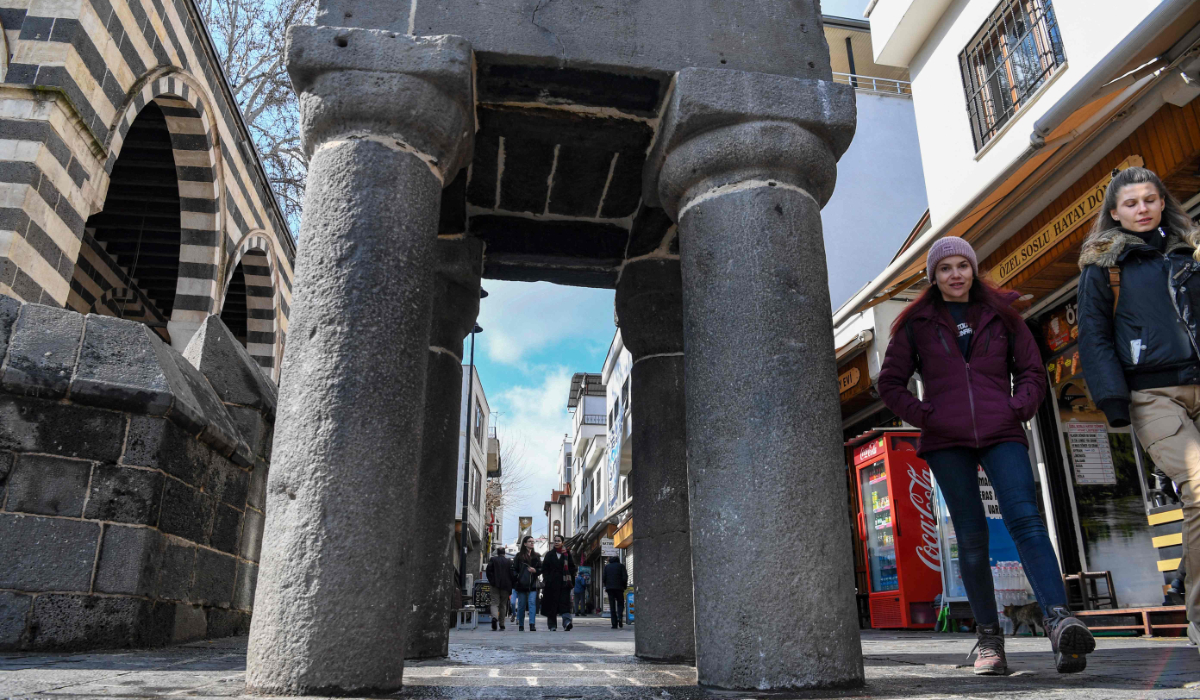BEIJING: Chinese Foreign Minister Wang Yi on Monday told his Israeli counterpart that “humanitarian disasters” in Gaza should end, state media said.
“Humanitarian disasters in Gaza should not continue and ... countering violence with violence cannot truly address the legitimate concerns of all parties,” Wang told Israeli Foreign Minister Israel Katz during a phone call, the Xinhua news agency said.
“The Chinese side believes that renewed conflict and turmoil in the region serves the interests of no one,” Wang added.
Beijing also “hopes that all parties will act cautiously to avoid falling into a vicious circle amid tension between Israel and Iran,” Xinhua quoted Wang as saying.
He called for “immediate, complete and permanent ceasefire in Gaza and the release of all hostages.”
The war in Gaza has killed, according to the Health Ministry in the territory, 42,289 people, the majority civilians.
The UN has described the figures as reliable.
Polio has re-emerged in besieged Gaza for the first time in 25 years as a result of the war, which has left most medical facilities and the sewage system in ruins.
A second round of a campaign to vaccinate hundreds of thousands of children in Gaza against polio began on Monday as Israeli forces continued deadly operations in parts of the Palestinian territory.
“Today is the first day of the (second round of the polio) campaign, and there is a good turnout because the vaccination convinces people,” said Abu Saleel, an employee of the Gaza Health Ministry, at a medical center in the central city of Deir Al-Balah.
Behind him, health workers administered the vaccine to dozens of children who had come with their families.
The UN agencies for health and children said they were aiming to provide follow-up doses to some 591,700 children under the age of 10 across Gaza in this round of vaccination.
This follows a first round of vaccination implemented from Sept. 1 to 12, hailed as a success by aid agencies.
The latest drive comes amid an escalation of Israeli military operations in central and northern areas of Gaza in recent days, which have already killed and wounded hundreds, according to the Gaza Civil Defense Agency.
The Israeli military has issued a string of evacuation orders there since it began operations on Oct. 6 aimed at preventing Hamas militants from regrouping.
UN investigators last week accused Israel of deliberately targeting health facilities and killing and torturing medical personnel in Gaza — prompting fierce criticism from Israel.
Gaza’s sewage system has also been largely destroyed, and human waste, which spreads the polio virus, often collects in the open near dense population areas.
More than 1,000 health workers were mobilized for the new vaccination campaign on Monday, according to the UN Agency for Supporting Palestinian Refugees, also known as UNRWA.
During the first campaign, aid agencies and Israeli authorities negotiated humanitarian pauses during periods when health centers were administering the doses to children.
But on Monday, it was unclear whether such an initiative was in place for the second round of vaccinations.
COGAT, the Israeli military body supervising civilian affairs in Palestinian territories, confirmed that the second round had begun on Monday but did not specify whether a humanitarian pause was planned.

































